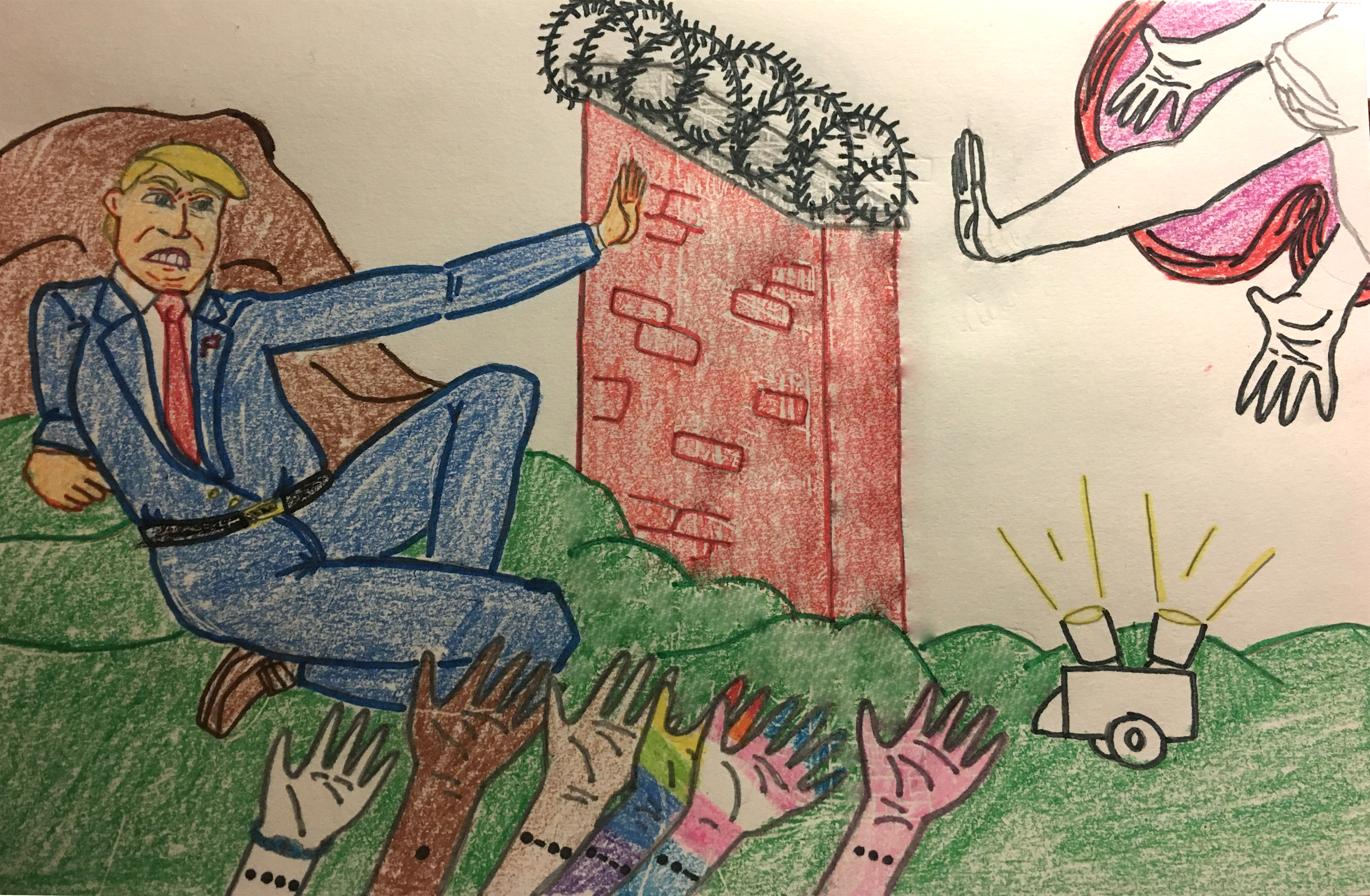
The day after the inauguration, Lewis & Clark hosted a teach-in session on the presence of art in times of social activism. The presence of music during the social reforms of India during the 1950s-1960s, the solitary genius vs. the artistic collective, as well as the importance of solidarity and art made by those affected by prejudice were all topics discussed. A particular movement that caught my attention was The Cultural Front of the 1930s, to which dancers, musicians, writers and social activists all contributed.
One byproduct of this artistic collective in 1935 was Langston Hughes’s work “Let America Be America Again”. Attending this teach-in, I wasn’t really sure what to expect, but coming away from it I have a newfound sense of civic duty. I must continue to contribute creative works in the face of insurmountable odds because that is how my voice can be heard.
Art has always been a part of American culture. However, what seems to be less known is the history it has in social activism. Even in recent history, art is still finding ways to contribute and speak out against injustice. The For Freedoms SuperPAC, an artist collective, erected multiple billboards throughout 2016 to send a message. One such billboard in Pearl, Miss. showed pictures of Bloody Sunday in Selma, Ala. in 1965 with the words “Make America Great Again” emblazoned across it in large boldface type. This use of the imagery associated with Bloody Sunday gave way to the mention of the Black Is Beautiful artistic movement of the 1960s. Black artists, writers and poets worked together to challenge the assertion that white people in the art world were the only ones worthy of having their visage and their work called “beautiful” because as a majority group, they set the status quo.
The subject of the collective versus the solitary genius is also something worth noting. In a way, it allows large groups of people to contribute to installations like Shia LeBouf’s four-year livestream of the words “he will not divide us” painted on the side of a building. However, it also may discourage the contribution to work at all for fear of seeming as though you act alone, therefore taking credit away from the whole. Unfortunately, people are more enthused by the idea of a solitary genius because we are taught that a genius acts on their own with no aid whatsoever, therefore making them somehow worth more than the works of their peers.
Despite this, artists of all disciplines should contribute even more to art collectives and on their own time, even if it might never be seen. Poetry, literature, music, visual art and other mediums help shape how others view the world around them. Art is the development of culture, emotion and what it means to be human. That is what makes it so powerful when it is made in times such as these.
From one creator affected by the current state of affairs to another: never stop creating, even when it seems like your world is against you. Your statement is influential and your presence here is far more powerful and positive than you are lead to believe. You belong here, and so does your artwork.
Subscribe to the Mossy Log Newsletter
Stay up to date with the goings-on at Lewis & Clark! Get the top stories or your favorite section delivered to your inbox whenever we release a new issue.

Leave a Reply